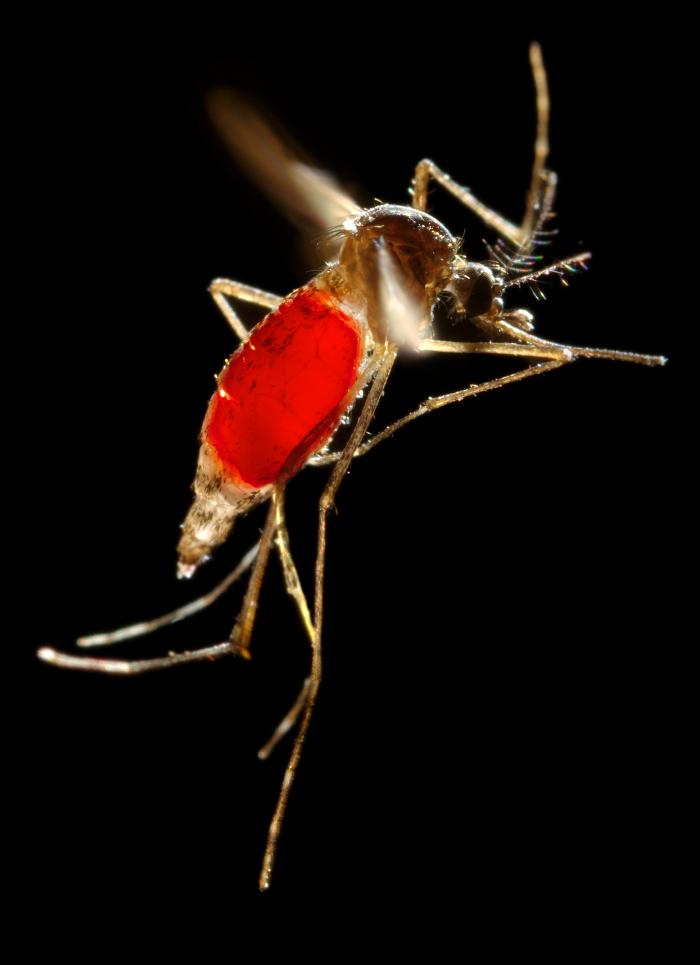In a follow-up to ongoing reports of dengue fever in Sri Lanka, officials with the Epidemiology Unit-Ministry of Health report an additional 1200 cases during the past week, bringing the total cases to 20,954 through the end of June.

This total is higher than any recent years where the average number of cases reported during the first six months of the year for the previous five years is slightly under 15,000.
The Colombo area is still the hardest hit area from the mosquito borne virus accounting for 6528 cases, or 31 percent of the country’s total.
The 1st serologically confirmed dengue case in Sri Lanka was reported in 1962, and the 1st documented dengue outbreak occurred in 1965-1966. Since that time, dengue fever has been a problem in the country.
Dengue fever is a disease caused by any one of four closely related dengue viruses (DENV 1, DENV 2, DENV 3, or DENV 4). The viruses aretransmitted to humans by the bite of an infected Aedes mosquito.
The principal symptoms of dengue fever are high fever, severe headache, severe pain behind the eyes,joint pain, muscle and bone pain, rash, and mildbleeding (e.g., nose or gums bleed, easy bruising). Generally, younger children and those with their first dengue infection have a milder illness than older children and adults.
The World Health Organization (WHO) estimates there may be 50–100 million dengue infections worldwide every year. However, new research from the University of Oxford and the Wellcome Trust, using cartographic approaches, estimate there to be 390 million dengue infections per year worldwide.
For more infectious disease news and information, visit and “like” the Infectious Disease News Facebook page
Related:
- Pakistan reports 1st Naegleria fowleri death in Karachi
- Cholera outbreak downs more than 120 in Karnataka
- Diphtheria cases in Malappuram district reach five


3 thoughts on “Sri Lanka dengue tally tops 20,000 for 2016”